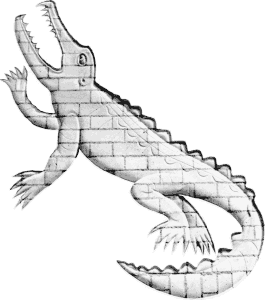Scott Lectures -

| Created: | 2011-03-11 12:00 |
|---|---|
| Institution: | Department of Physics |
| Editors' group: | Editors group for "Department of Physics". |
| Description: | Scott Lecture Series - QUANTUM INTERFERENCE
Prof Claude Cohen-Tannoudji, Recipient of the 1997 Nobel Prize for Physics Linear superpositions of states play a central role in quantum physics. We will show in these lectures that atomic physics offers the possibility to clearly explain with examples of increasing complexity how these linear superpositions of states, also called atomic coherences, give rise to quantum interference effects. In the first optical pumping experiments performed a few decades ago, it was observed that the pumping light could not only polarize the atoms by concentrating them in a certain Zeeman sublevel, but also prepare them in linear superpositions of Zeeman sublevels. Several interesting effects involving these Zeeman coherences were discovered, like quantum beats, coherent multiple scattering, level crossing resonances in atomic ground states, dark resonances and coherent population trapping. These effects were revisited a few decades later in different contexts and found to play a crucial role in new fields, like femtochemistry, laser cooling, and light induced transparency. When laser cooling techniques gave the possibility to achieve large de Broglie wavelengths for the atomic centre of mass variables, it became possible to study the role of spatial coherences which are related to the existence of linear superpositions of states localized at different points in space. Several well-known experiments in wave optics, like Young's double slit interferences, could be extended to atomic de Broglie waves. Furthermore by playing with the atomic internal variables, it was possible to realize atomic interferometers, where the two paths of the interferometer differ, not only by the external variables of the centre of mass, but also by the atomic internal variables. These interferometers are presently the most precise devices for building atomic clocks and for measuring inertial fields, like those associated with gravity or rotation. Finally, one can consider linear superpositions of states of two subsystems 1 and 2. When such linear superpositions cannot be written as a product of a state of system 1 by a state of system 2, the two systems are in an entangled state, which can exhibit quantum correlations, impossible to understand with the concepts of classical physics. Several quantum effects related to entangled states will be described and it will be shown how they are now playing an important role in discussions concerning quantum non separability, the measurement process, the decoherence due to the coupling with the environment, the possibility to use quantum correlations for transmitting and processing information. |
Media items
This collection contains 3 media items.

